Delivering both Lightning and USB connectivity, and covering all the basic needs for a podcaster or musician, we're impressed by the IK Multimedia Studio microphone. But with a $139 price tag, and the inability to support in-call audio from Apple in iOS, we feel like it's a good product that's let down by iOS for one common podcasting use.
The IK Multimedia Studio Mic is a small condenser microphone that works with iOS and Mac/Windows as a sub audio source. It has a headphone port on the back for computer audio and monitoring, and has two knobs on the front to control headphone volume and microphone gain. It has a tri-color LED to indicate volume levels for the mic signal; blue is low, green is good, and red is overdriving, distorting the audio.
AppleInsider was provided with the IK Multimedia Studio Mic, which we tested in a variety of fashions, including for our weekly podcast, for this review.
Who needs a microphone, anyway?
Anyone who records at home needs to have a handy microphone that's flexible, and good for voice as well as instrument recording. Whether you're recording a podcast, a video for YouTube, singing, or recording yourself playing guitar, a good mic is essential.
The Studio mic delivers for all of these, in a compact package. It comes with a carrying bag, desk tripod, microphone mount suitable for the desk stand or a floor standing mic stand, and cables allowing it to connect to Mac/PC, Android or iOS devices via Lightning.
It's also equipped with a 1-inch large diaphragm condenser mic element. This means it will pick up all the details of your voice or instrument. A caution for podcasters is that it will also pickup background noise that a dynamic mic would reject.
It's got Lightning, what do you use it for?
When used with iOS, it works with IK Multimedia's own Mic Room app which allows you to select highly regarded studio microphones to emulate.
It comes with 9 mic models (1 upon software registration and 2 more after registering an IK hardware mic.) These include the Dynamic 58 (a Shure SM58 model), Condenser 87 (a Neumann U87 style), Velo 8 (Based on Groove Tubes VELO-8), and Vintage Dyn 20, (a vintage AKG D20tm style sound.) Other models are available for in-app purchase separately or as bundles. What makes this an interesting app is its use of audiobus, inter-app audio and compatibility with every mic that IK Multimedia makes.
Because it has AudioBus and inter-app audio compatibility, it's possible to set a mic profile in Mic Room, and then switch to another app to record. If you use AudioBus, you can chain vocal effects from different apps, too.
If, for example, you're a singer, you could select the mic profile you prefer, add reverb to it, run it through an effects processor like ProStudio Vocal FX, and then record. Or, you could then pipe the audio to Loopy HD and create loops.
Our experience
We at AppleInsider have used this mic for a few weeks now in the course of recording our podcast. I've used a few different mics. On episode 44 I used the Blue Microphones Encore 200 with IK Multimedia's iRig Duo mic to USB interface.
Our recording environs aren't always ideal. Neil records with the IK Multimedia Studio mic in his Brooklyn apartment. I record in an untreated room in my home.
The Blue mic is a dynamic mic and rejects most of the background noise I have, where the condenser pics up room noise, and environmental noise. If you listen to the podcast regularly, you may here sirens and other New York noises.
Describing audio with words will inevitably fall short. This mic sounds good. It delivers a balanced response across the full range of our speaking voices.
The benefit to using the condenser mic is that it delivers a more full sound. If you compare episode 44 with episode 46, you'll hear me using the Studio mic, and can compare how it sounds for yourself.
Why did I not use the Blue mic for this episode? I was traveling, and carrying a microphone, XLR to USB setup, XLR cable, desk stand, and other cables takes up a lot of room. The Studio mic fits one USB cable, the mic and its desk stand into one small bag that takes up an insignificant portion of my laptop bag. We've used a number of microphones on the podcast, and Neil has settled on the Studio mic as his mic of choice — he refuses to try any other.
A word about iOS and its shortcomings
One of the things we found is that connecting the Studio mic to the iPhone or iPad delivered fine sound, but we had difficulty recording the podcast in this way. We use Skype to set up the calling for the podcast, and Skype for iOS uses only the built-in microphone or a microphone connected via the headphone port. This is a change that occurred with an app update; it used to work with Lightning-connected microphones.
We tried using other means to set up the call: Google Hangouts, FaceTime, and others. None use Core Audio microphones as a source for the in-call microphone, making it impossible to record a podcast with multiple participants on an iOS only setup. This is something we hope changes soon, especially if the iPad is the computing platform of the future.
Because we weren't able to use the mic with the podcast on iOS, we didn't test the mic room app throughly, although it would have been great if we had been able to use it in this way. Our listeners are demanding, which makes us always pursue higher quality production values for the 'cast.
Conclusion
The good news is that the Studio mic is affordable, takes up very little space, and comes with everything you need to get going, although we recommend a pop filter.
Our recording practice is to speak from about 2 inches away from the microphone element, and adjust gain so that we're at about 12db normally. This means that our voices have plenty of gain and rarely peak the levels. The downside to this is that if we haven't got a pop filter, you'll hear our plosive P and T sounds accentuated, and it's less enjoyable to listen to, presuming you think our voices are enjoyable to listen to at all, really.
The desk stand is a short tripod type that does not allow any height adjustment. If your needs require it, you can use the mic with any standard microphone stand.
To compare for the podcaster on a budget, the Pyle pmpro78, a Shure sm57 copy, costs $9. Then you need a 10 to 15 dollar XLR cable, and a USB mic interface like the iRig Pro or Duo, which cost $40 to $99. Then you need a desk stand for another 10 dollars.
You've got a setup that may deliver better sound in a noisy environment, but at a cost of $70 at the very cheapest, and potentially well over the cost of the Studio, all in a package that requires far more space and less portability than the Studio. Neil uses the Studio exclusively, and I use it whenever I record while traveling.
The IK Multimedia Studio mic is available from B&H and Amazon, retailing for $149.99 USD. Compared to a dynamic mic setup which requires purchasing more things, and takes up more space, it's very hard to beat at this price point. IK Multimedia also sells the latest version of the Studio mic for $179.99 direct on their site.
Pros:
- Condenser mic that works with Mac and iOS
- Sized for travel, with travel bag
- Good sound for quiet rooms
Cons:
- iOS workflow is a little limited, due solely to our need to use mic in-call
- Stand is a little easy to tip over
 Victor Marks
Victor Marks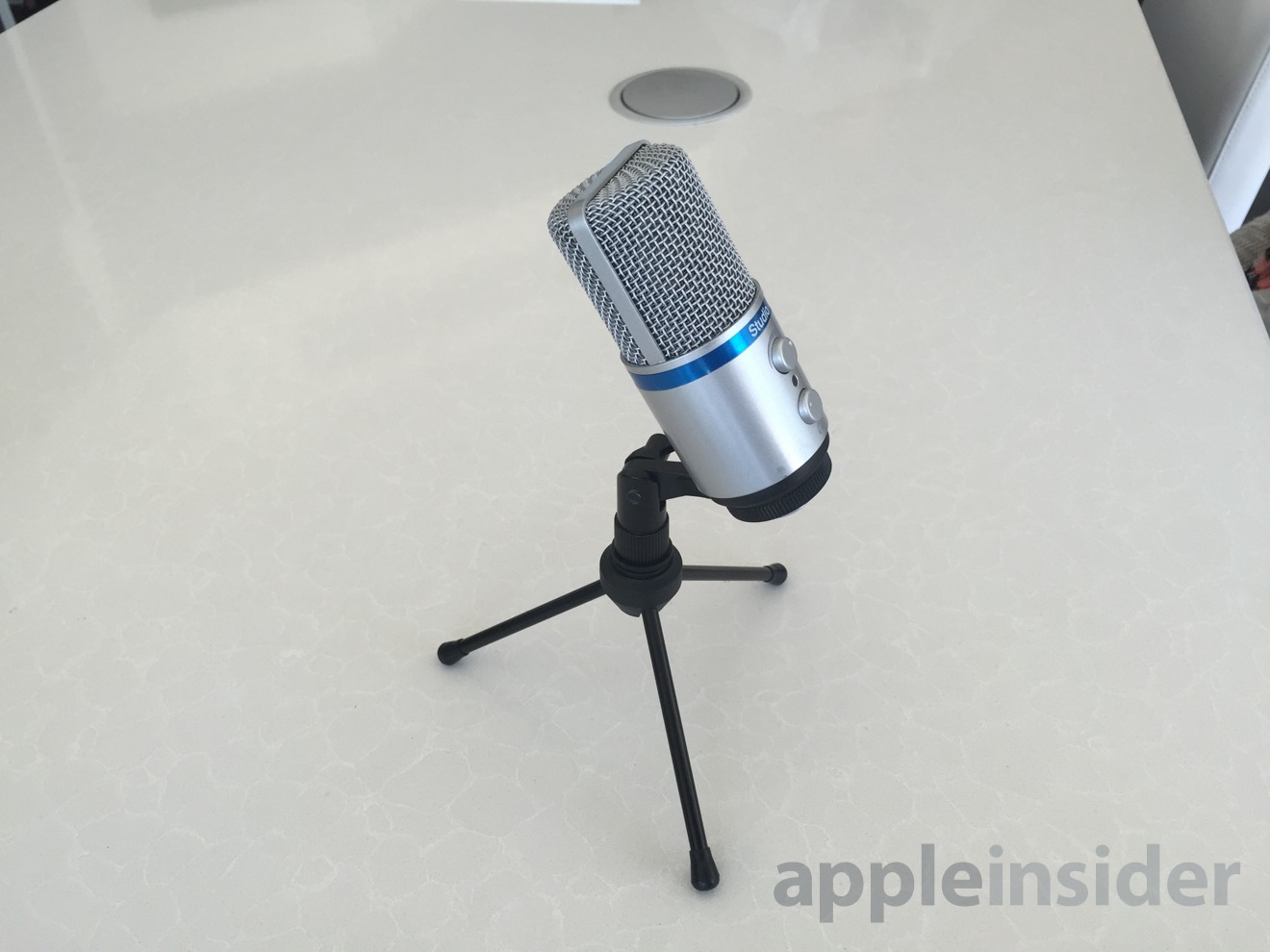
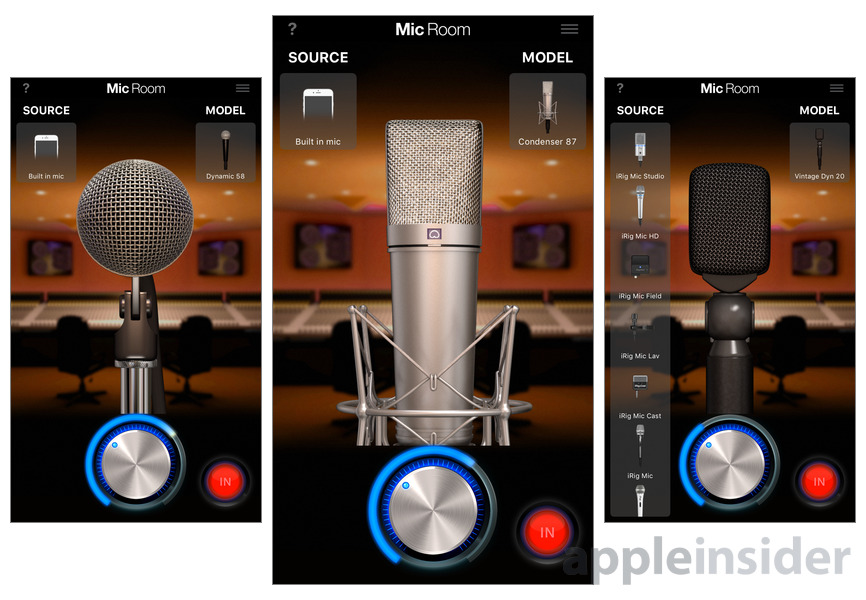
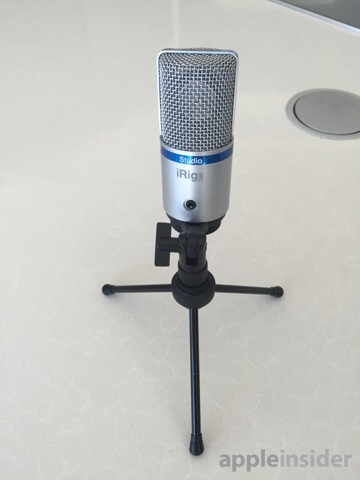
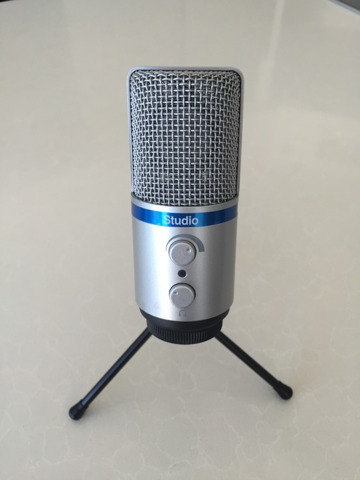
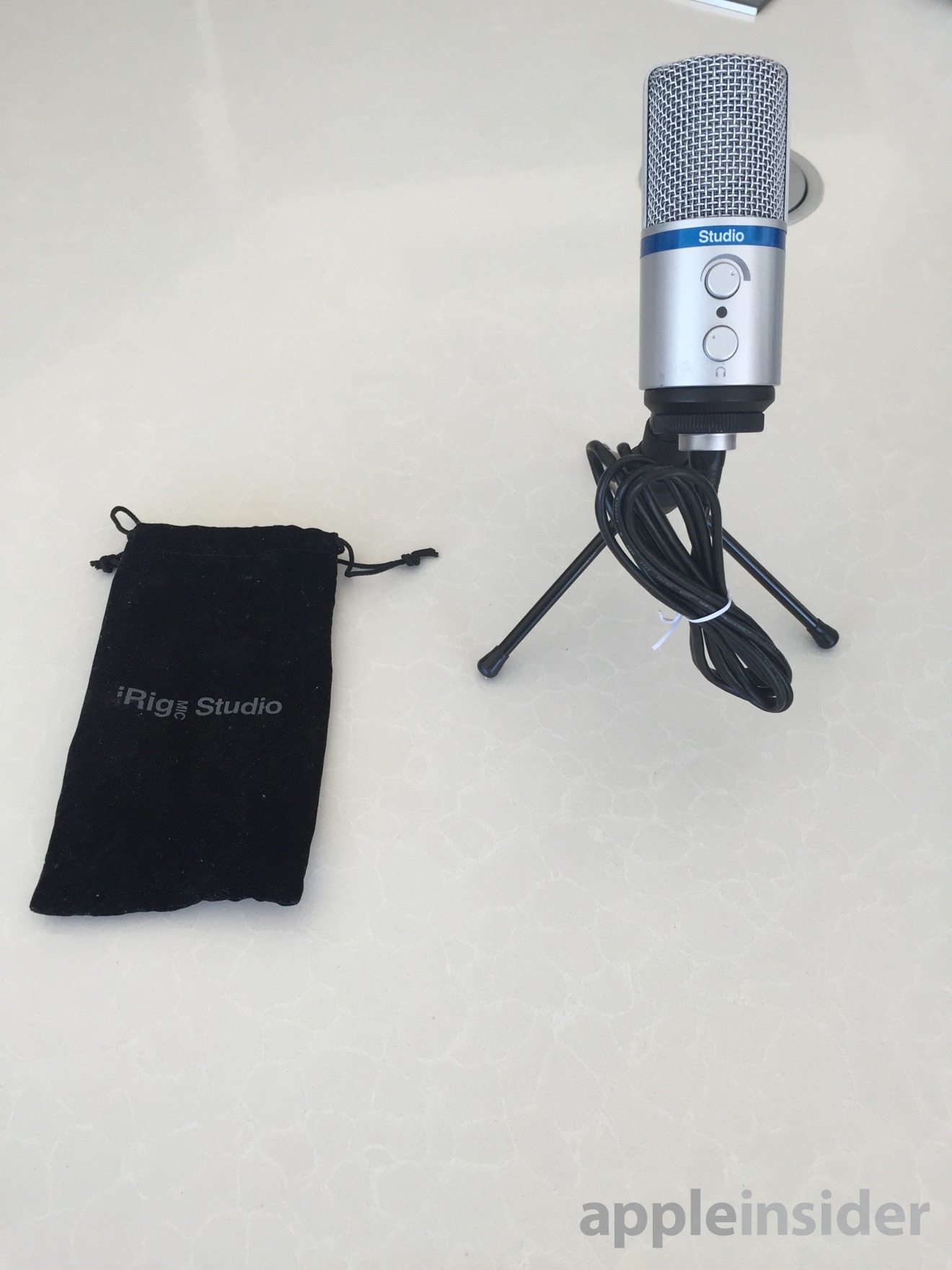


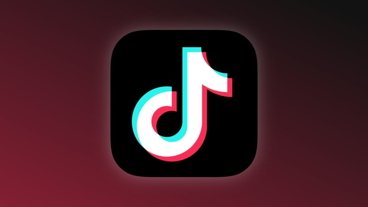
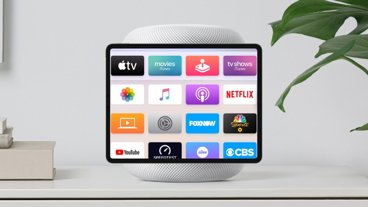

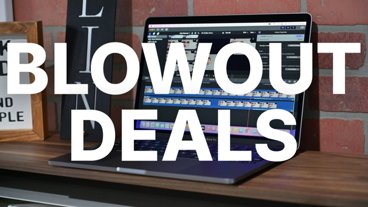
-m.jpg)





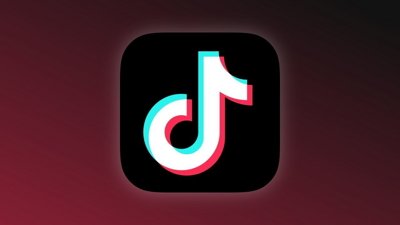
 Charles Martin
Charles Martin


 Wesley Hilliard
Wesley Hilliard
 Stephen Silver
Stephen Silver
 William Gallagher
William Gallagher

 Marko Zivkovic
Marko Zivkovic









3 Comments
It's an "essential piece of kit" only for the techies who write reviews on tech sites about essential pieces of tech kit.
I would venture to guess that 9,999,999 Apple customers out of a million, have absolutely no use for such a thing.
You guys might as well be blowing smoke up your own bums.
I paid more but suspect I have a better product ... no proof of that though. I have a few Apogee products and they are all superb.
http://www.apogeedigital.com/products/mic